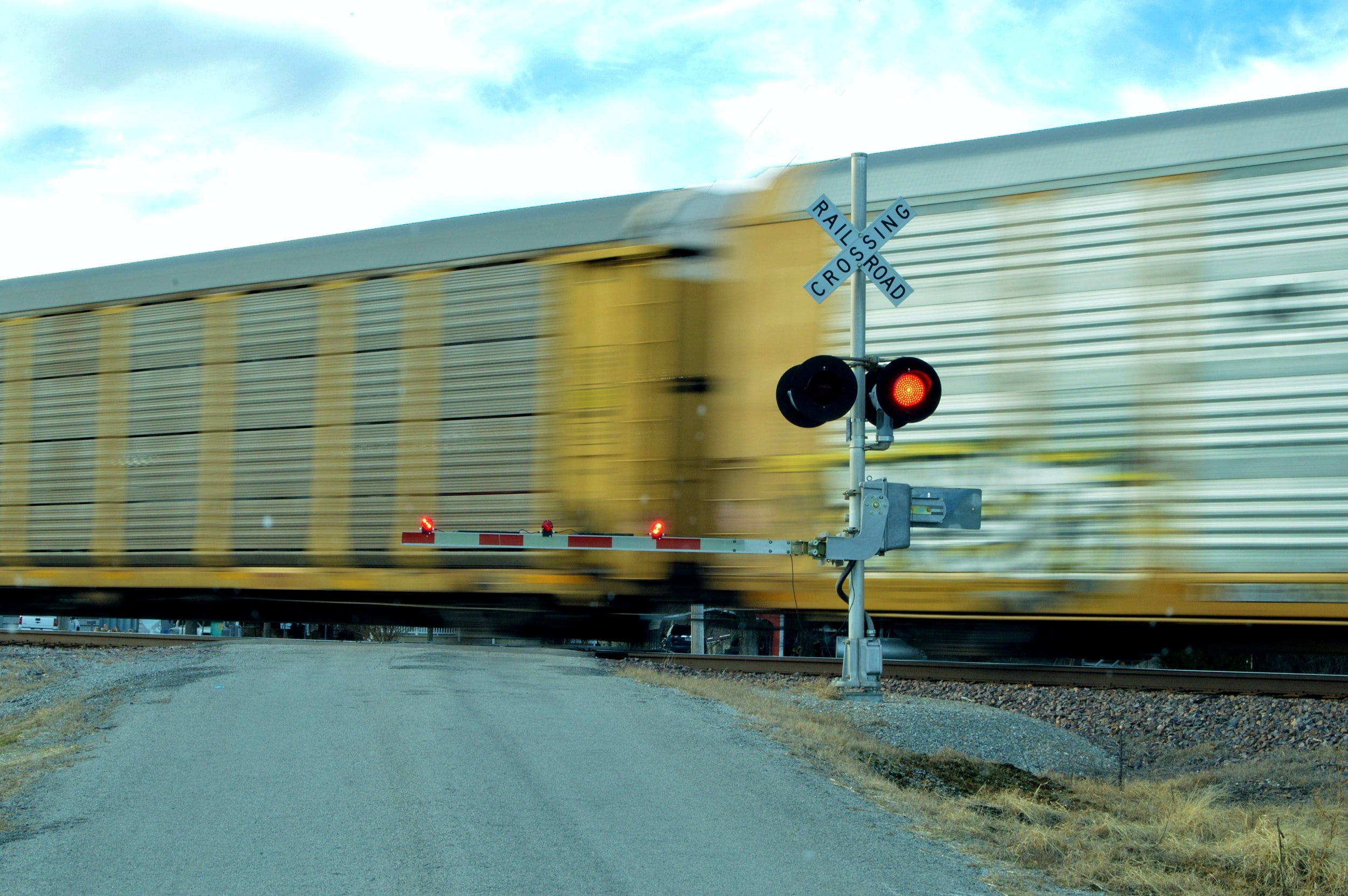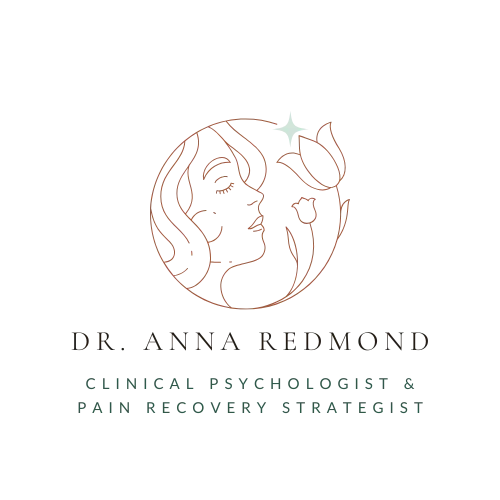Connect with me!
Tell me the number one thing that you want to understand about your pain?

Chronic pain is like…. a railroad crossing gate
“Undoing” someone’s intuitive or learned understanding of pain is challenging.
This challenge stems from a potential lifetime of common acute pain experiences, the language used by their providers, as well as experiences over the course of their journey to find relief from chronic pain.
Many of the women with chronic pain that I saw in our clinic came into my office with defensiveness, guardedness, and disengagement. This is totally understandable when you consider a history of being told and perceptions of being told that their pain was “psychological”. I also considered the longstanding feelings of helplessness, frustration, and hopelessness that they must be carrying due to years of extensive evaluation, intensive treatments and the futility of “nothing works”.
I could also sense the fear of these women as I presented my treatment plan. I think that many of the treatments for chronic pain that we now encourage seem counterintuitive.
Have pain? Increase your activity.
Your body hurts? Try psychotherapy.
Take some deep breaths.
See what I mean?
What I’m getting at here is that the ONLY thing that matters in that moment, in the beginning of first meeting with a person who has chronic pain, is listening.
First listen.
Find out what they’ve been told and how they understand their pain.
Then, use all effective strategies in your back pocket to help them reconceptualize their understanding of pain and pain treatment.
Consider this analogy:
Chronic pain is like a railroad crossing gate.
Think of pain signals in your body as a pedestrian crossing train tracks. Sometimes pedestrians have to pass through and cross the tracks. Sometimes the gate is all the way open and pedestrians can cross the tracks. Sometimes the gate is all the way closed, and then it is not open for the pedestrians to pass through.
Consider that there is an area of the brain and spinal cord that acts as a gate. When the gate to your brain is open, pain signals have the right of way and full FREE ACCESS to your brain.
Medication or medical interventions might close the gate partway, but for most people they do not completely close the gate (Coakley & Schechter, 2013).
So what do we do? Since we know that pain is multidimensional and biopsychosocial, it makes the most sense to take a multi-pronged approach to addressing it. Other interventions such as education, cognitive skills, behavioral changes, distraction, positive experiences with movement, slowly and intentionally increasing daily activities are all examples of effective strategies to close the gate (and possibly keep it closed)!
Understanding this aspect about how pain is transmitted can really take the mystery out. This analogy also helps people feel like they have a lot of options and control. Tell me about the impact it had on you by emailing me at anna@drannaredmond.com or shooting me a DM on instagram!
Education provides the power to take the next step in managing your pain. You want to do the things you enjoy (or even basic daily activities) without flaring up your pain. For a limited time, you can grab my free video tutorial to get you started:
3 Simple Steps to a Balanced Day... Without the Flare-Ups.
This free video tutorial is dedicated to helping women with pain begin to find confidence to return to the moments, activities, and people they love the most.
© 2024 | Anna Redmond, LLC | drannaredmond.com
